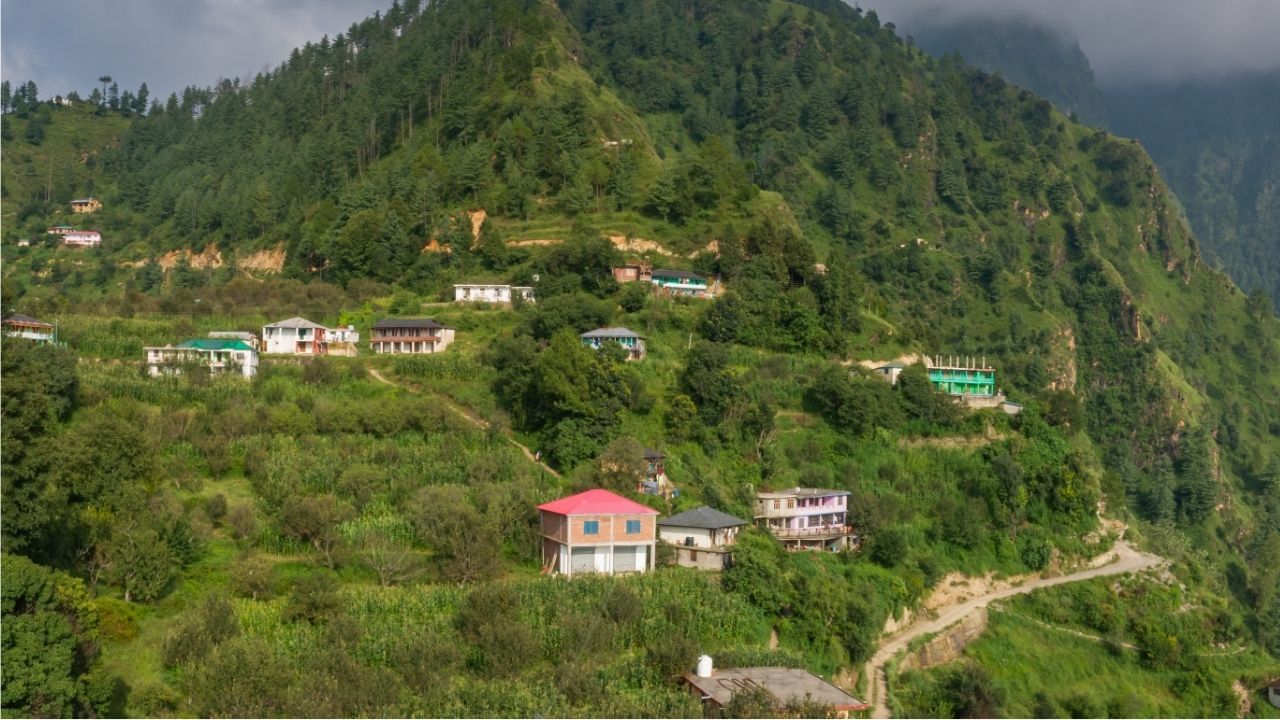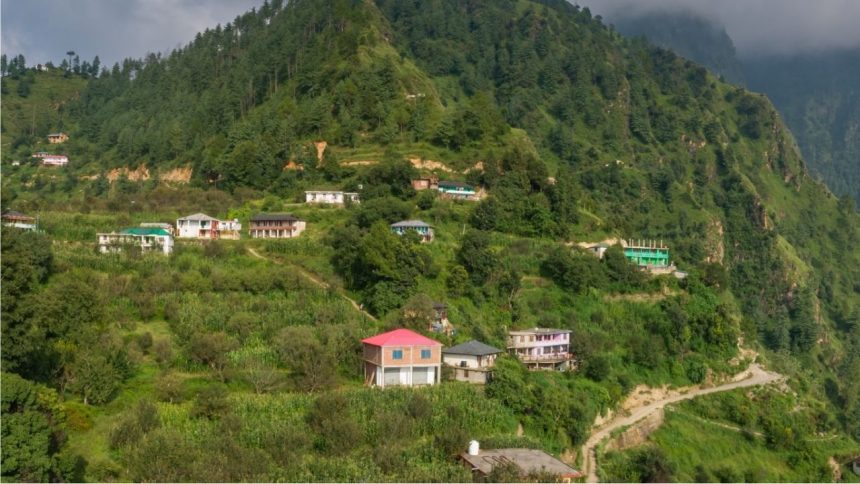
Planning to head to the hills this summer? Time to reconsider your plans as the mercury seems to have a mind of its own when it comes to rising. A heatwave alert has been issued for large parts of Himachal Pradesh. And the sentence is soaked in irony as Himachal has been the long-standing getaway for Delhiites to get some respite from the scorching heat. After all, ‘Himachal’ literally translates to ‘snow-covered mountain’.
However, this week, it is the sun that is dominating the skies and the news narrative. The Meteorological Centre in Shimla reported unusually high temperatures, with Una scorching at 41.6°C on Monday — the highest in the state. The heatwave is expected to persist in Una, Kullu, and Mandi districts until April 30.
Other towns also recorded unseasonal highs. Kangra reached 36.6°C, Sundernagar 36.2°C, Bilaspur 36°C, and Mandi 35.6°C. Bhuntar and Nahan followed at 34.5°C each, Chamba at 32.5°C, and Dharamshala at 32°C. Even typically cooler hill stations were affected — Shimla saw a maximum of 26.8°C, while Manali and Kasauli recorded 28.5°C and 28.6°C, respectively. In contrast, Keylong in the Lahaul-Spiti district remained the coolest, with a high of 16.9°C and a minimum of 3.3°C. Minimum temperatures across the state have also been steadily rising.
Rain to bring respite?
Bleak as it may be, but the Met Department has predicted that relief may be on the horizon. The Met has forecast a change in weather beginning May 1 and 2, with thunderstorms, lightning, and gusty winds likely in many areas. These could bring temporary respite from the rising temperatures.
The usual culprit: climate change
Experts have attributed this abnormal heat pattern in the hill state to the broader impacts of climate change. Rising global temperatures are not sparing the Himalayas, which are warming at a faster rate than the plains. The persistent rise in both day and night temperatures in Himachal Pradesh is a reflection of this trend. According to a report in Down To Earth magazine, the state recorded an unprecedented 28 heatwave days between April and June 2024, with temperatures touching 30°C — a worrying figure for a region with a fragile ecological balance, where even moderate heat can have severe consequences.
These warming trends also mean “dry” winters for residents. Snowfall has not only reduced significantly over the years, but the “quality” of snow has also deteriorated. Shimla, once known for its thick white blankets, last experienced a “proper” snowfall in 2022, DTE reported. The snowfall in December 2024, in fact, was the first time in many decades that Shimla experienced the season’s first snowfall in early December.
Increased deforestation, urbanisation, and shrinking snow cover are further exacerbating the impact, highlighting the urgent need for climate-resilient planning in this fragile Himalayan belt.










